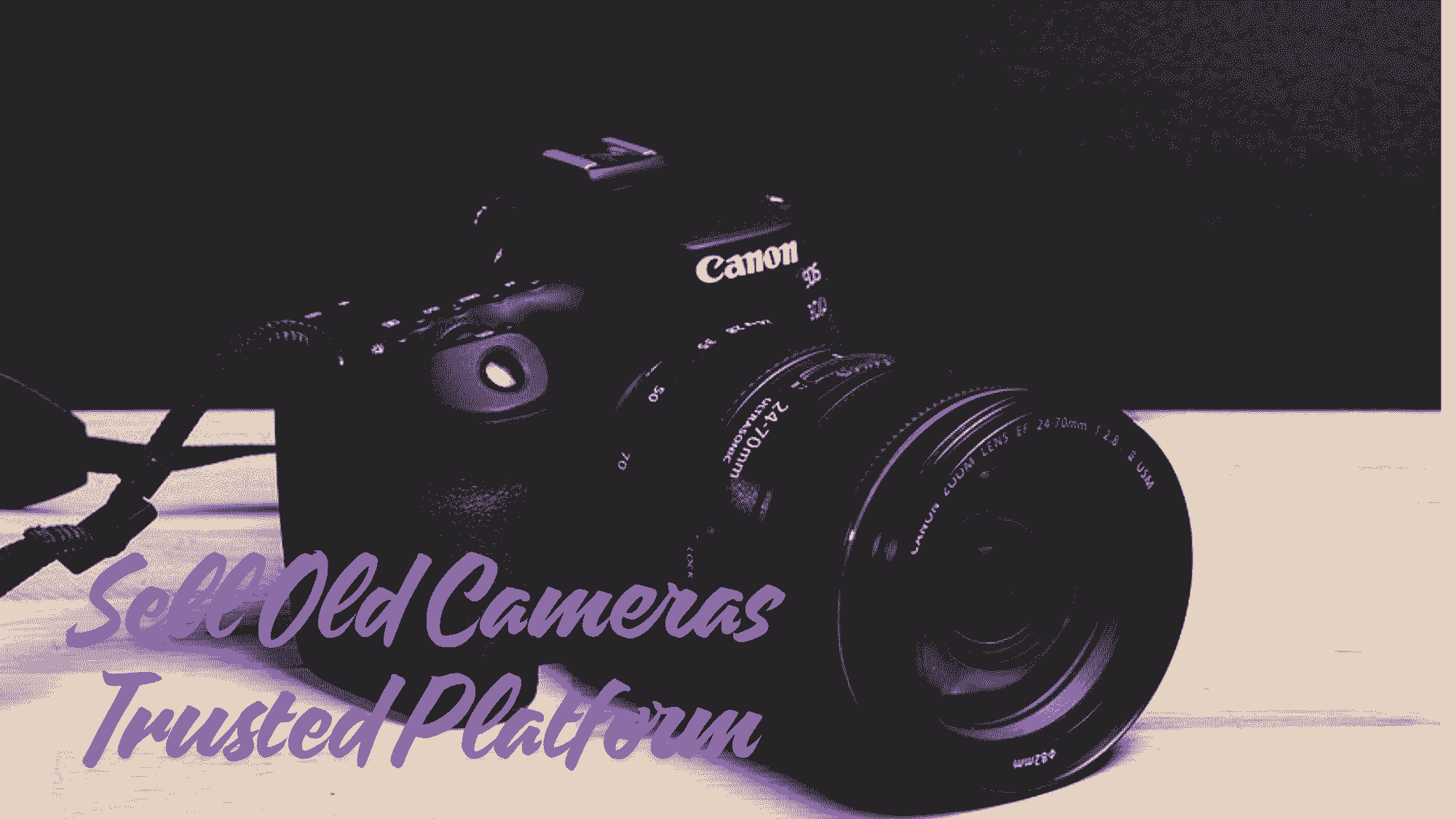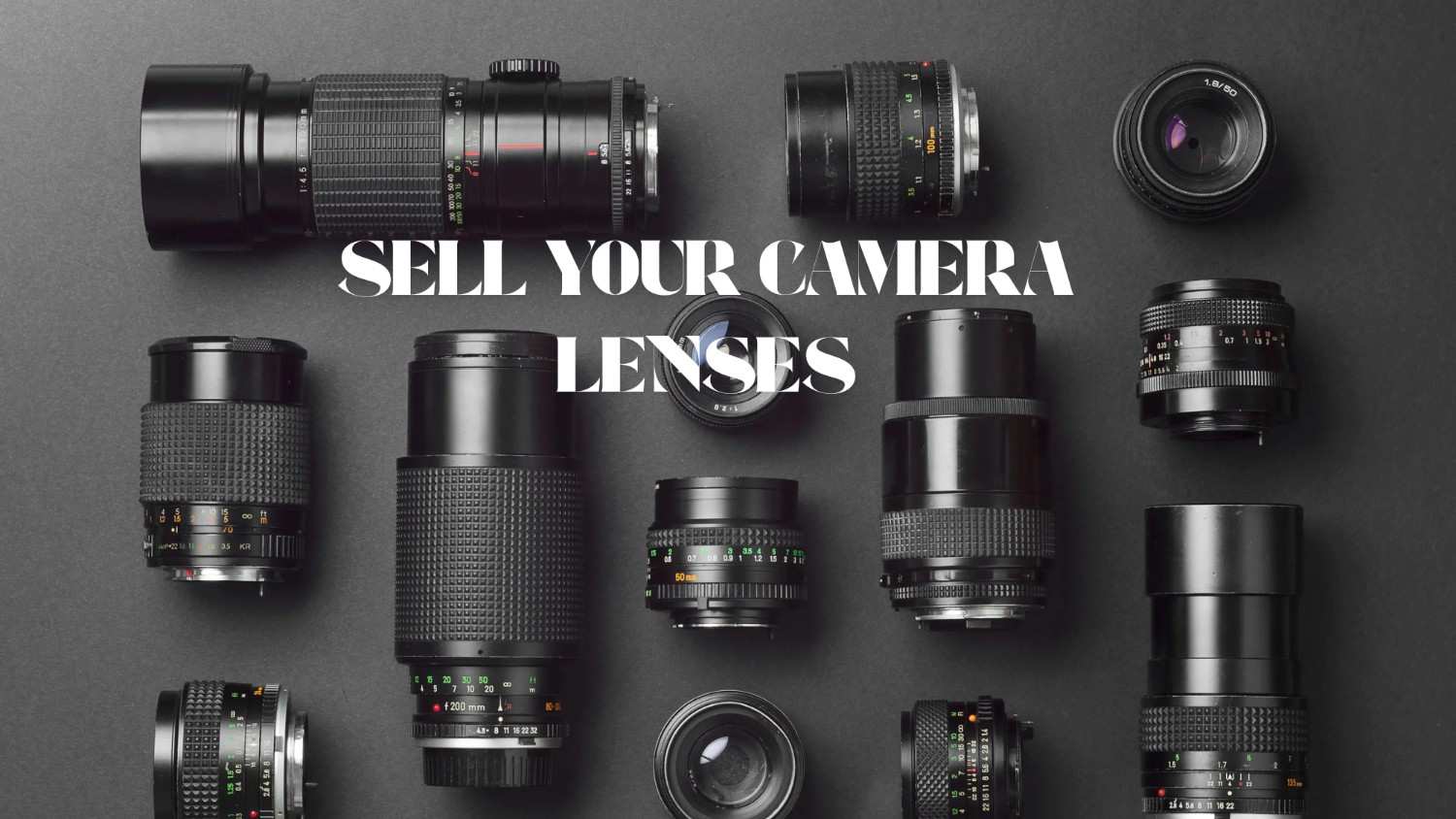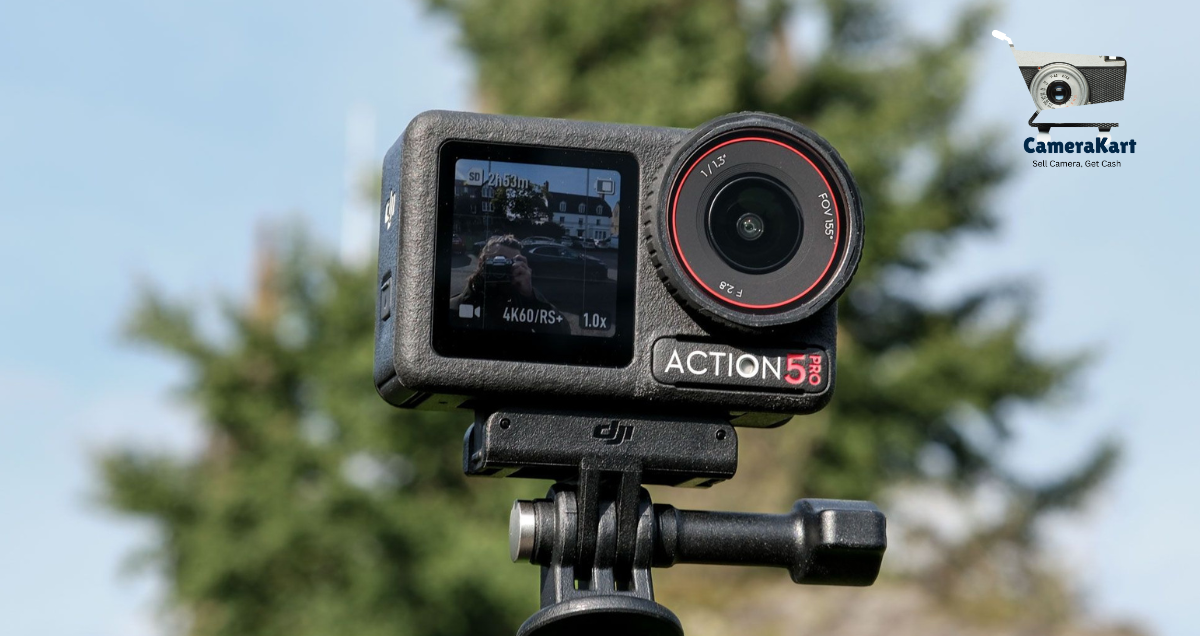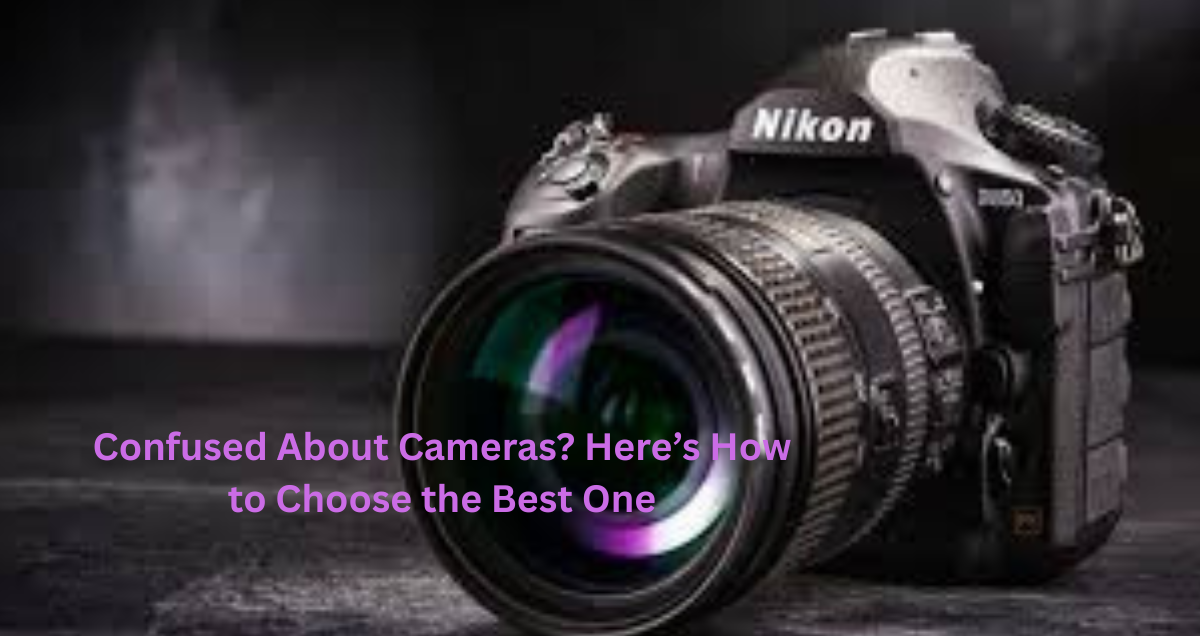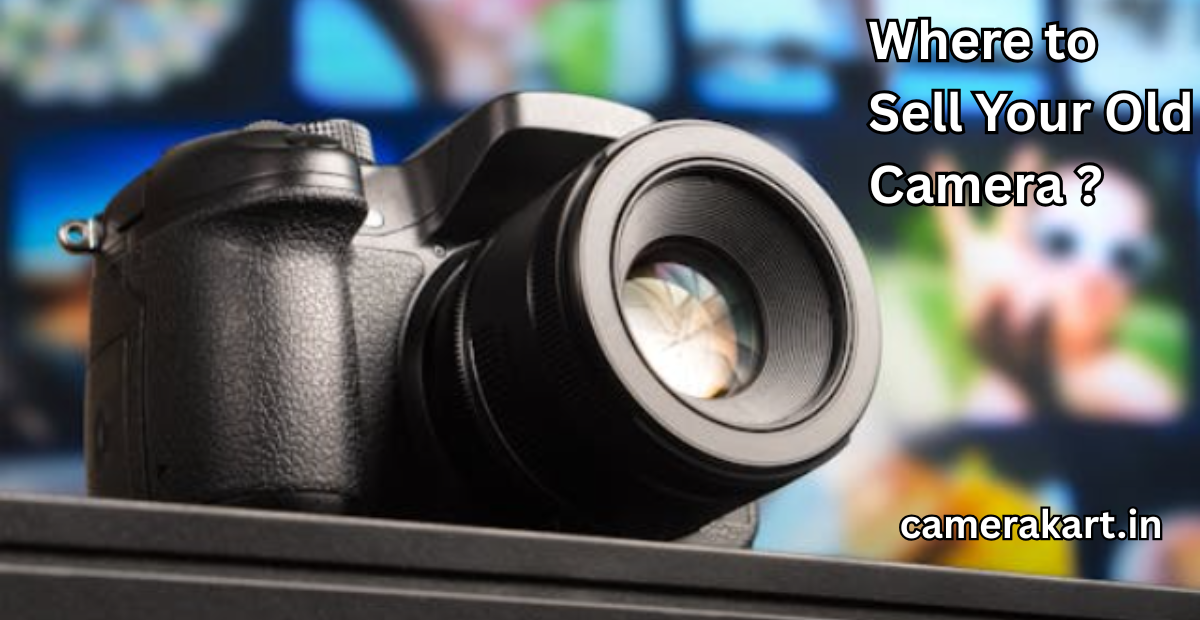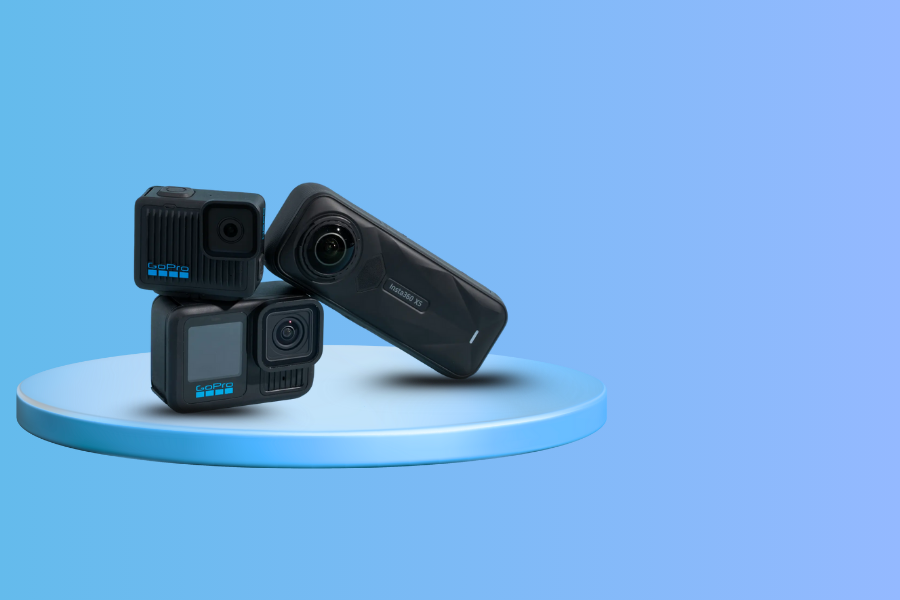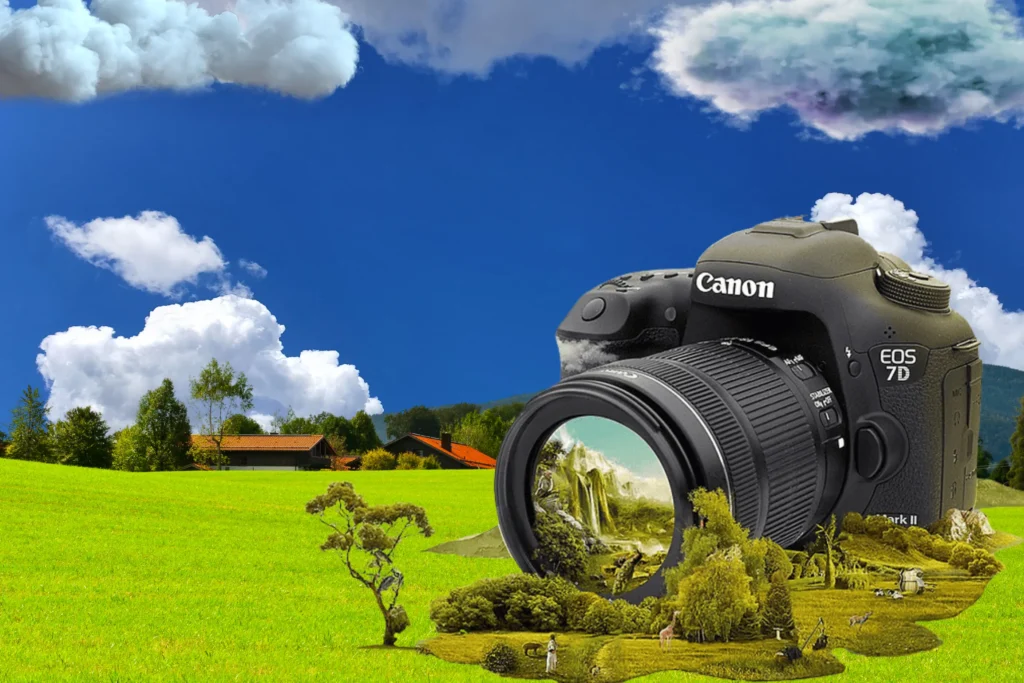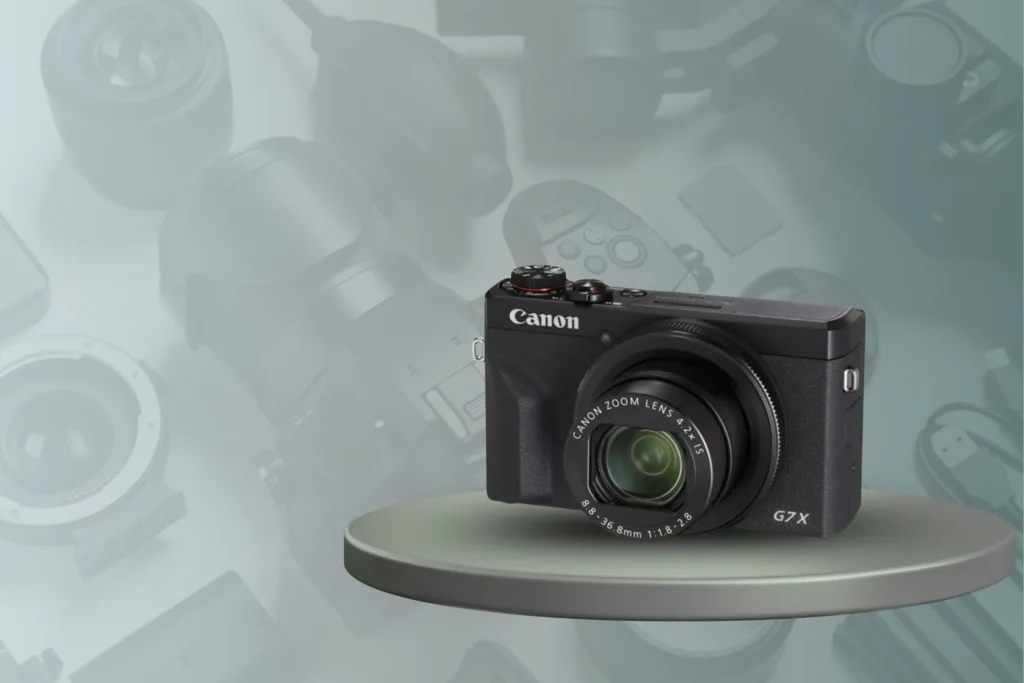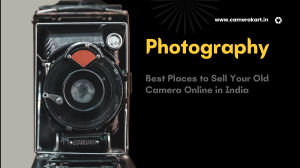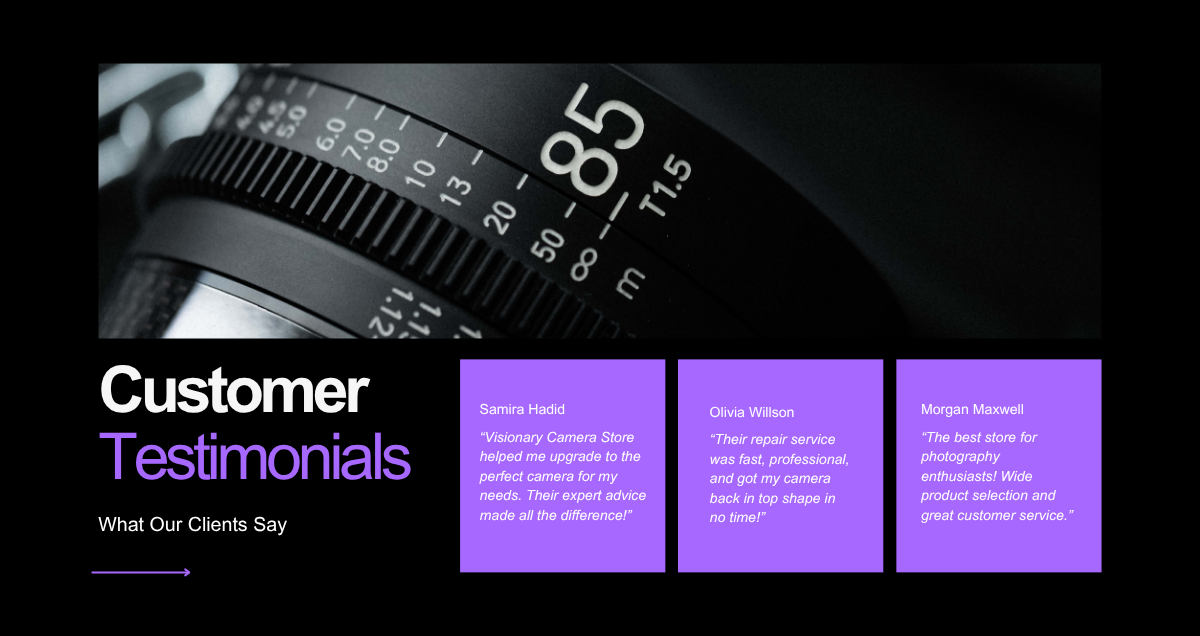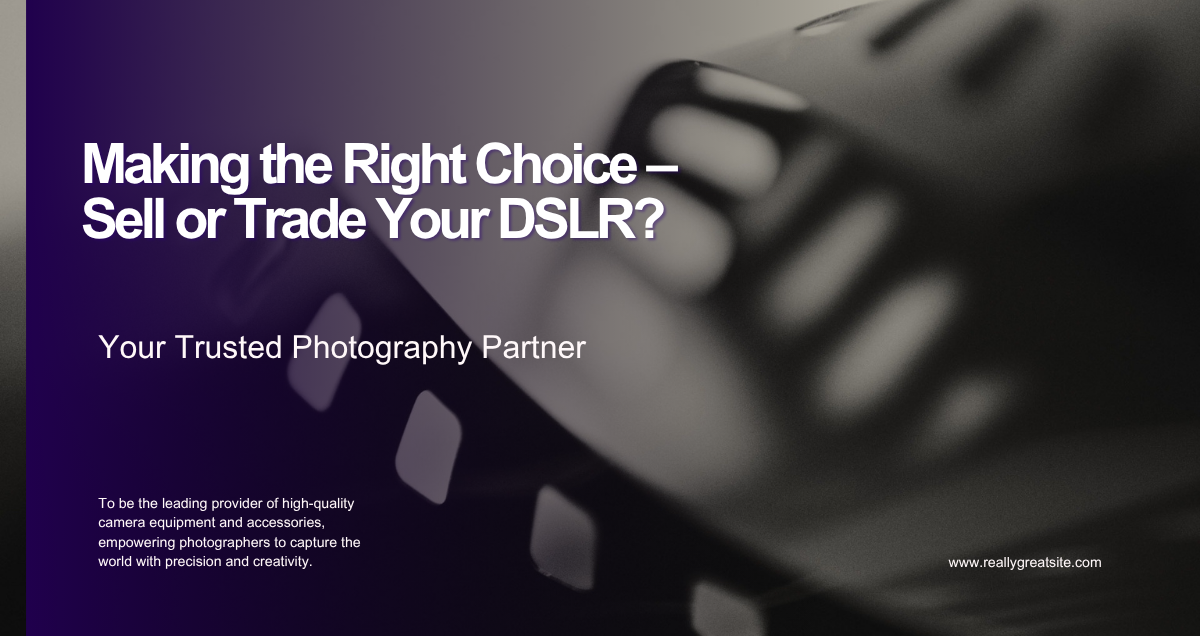In the ever-evolving landscape of digital imaging, while mirrorless cameras continue to gain significant traction, Digital Single-Lens Reflex (DSLR) cameras remain a formidable choice for videographers in 2025. Their robust build, often superior battery life, and vast ecosystem of lenses make them a compelling option, particularly for those who appreciate the tactile experience of an optical viewfinder and a substantial grip. This comprehensive guide will delve into what makes a DSLR excellent for video, highlight top contenders, and provide essential considerations for aspiring and professional videographers alike.
Why Choose a DSLR for Video in 2025?
Despite the rise of mirrorless technology, DSLRs offer distinct advantages that keep them relevant for video production.
Tried and Tested Reliability
DSLRs have a long-standing reputation for durability and reliability. Their mechanical shutter and robust construction often mean they can withstand more rigorous shooting conditions compared to some lighter mirrorless alternatives. For professionals on demanding shoots, this physical resilience can be a significant factor.
Exceptional Battery Life
One of the most notable advantages of DSLRs, especially for extended video shoots, is their superior battery life. The optical viewfinder consumes no power, and the overall power efficiency is often higher than mirrorless cameras that rely heavily on electronic viewfinders and continuous live view. This translates to longer shooting times without the constant worry of battery depletion.
Extensive Lens Ecosystem
Both Canon and Nikon, the dominant players in the DSLR market, boast decades of lens development. This means a vast and diverse selection of both new and used lenses is readily available, often at more accessible price points than newer mirrorless specific lenses. This expansive compatibility allows videographers to achieve a wide range of looks and adapt to various shooting scenarios with ease.
Optical Viewfinder Experience
For many traditionalists, the optical viewfinder (OVF) remains a key draw. It offers a direct, lag-free view of the scene, which can be particularly advantageous in bright conditions where electronic viewfinders (EVFs) might struggle with glare or latency.
Key Features to Prioritize for DSLR Video
When selecting the best DSLR for video in 2025, several critical features should be at the forefront of your consideration.
Video Resolution and Frame Rates
The industry standard has largely shifted to 4K, offering incredible detail and flexibility in post-production. Look for DSLRs that can record 4K UHD (3840×2160) or even 4K DCI (4096×2160) for a more cinematic aspect ratio. Crucially, pay attention to the maximum frame rates available at these resolutions. 24p or 25p are ideal for cinematic looks, while 30p, 50p, or 60p provide smoother motion, especially for action or sports. Higher frame rates in Full HD (1080p), such as 120p, are essential for creating captivating slow-motion sequences.
Autofocus Performance for Video
Autofocus during video recording has vastly improved in DSLRs. Canon’s Dual Pixel CMOS AF is particularly renowned for its smooth, accurate, and reliable continuous autofocus, making it excellent for tracking subjects and creating professional-looking focus transitions. Nikon also offers capable hybrid autofocus systems. Look for systems that include face and eye detection for greater precision when filming people.
Sensor Size and Low-Light Performance
Larger sensors, such as full-frame, generally offer superior low-light performance and shallower depth of field, resulting in that coveted cinematic look with beautiful background blur (bokeh). APS-C sensors, while smaller, are still highly capable and often found in more budget-friendly options. Assess the camera’s ISO range and its ability to maintain clean footage at higher ISO settings.
Ergonomics and Handling
Video shooting often involves hand-holding the camera for extended periods or mounting it on various rigs. A comfortable grip, well-placed controls, and a logical menu system are paramount.
Audio Capabilities
High-quality audio is as crucial as excellent video. Ensure the DSLR has a dedicated microphone input (3.5mm jack) for external microphones. A headphone jack for monitoring audio levels during recording is also highly recommended. Some professional models may even offer XLR inputs via an adapter for studio-grade microphones.
Articulating or Tilting Screen
A vari-angle (fully articulating) or tilting LCD screen is incredibly beneficial for video, allowing you to compose shots from awkward angles, especially for vlogging, overhead shots, or shooting low to the ground.
Connectivity and External Recording
Look for HDMI output, preferably a clean output, for connecting to external monitors or recorders. External recorders like the Atomos Ninja V can significantly enhance video quality by capturing higher bitrate codecs like ProRes or ProRes RAW, bypassing internal compression limitations.
Top DSLR Contenders for Video in 2025
While new DSLR releases are less frequent, several existing models continue to impress with their video capabilities.
Canon EOS 5D Mark IV
A stalwart in the professional video world, the EOS 5D Mark IV remains a strong choice for filmmakers. It offers 4K DCI video recording with a significant crop (around 1.64x) but boasts Canon’s renowned Dual Pixel CMOS AF, delivering incredibly smooth and reliable autofocus. Its exceptional color science and robust build quality make it a workhorse for many.
Nikon D850
The Nikon D850 is a powerhouse for both stills and video. It provides uncropped 4K UHD video recording, utilizing the full width of its impressive 45.7MP full-frame sensor. This allows for excellent wide-angle coverage and a shallow depth of field. Its dynamic range and low-light performance are also noteworthy, making it versatile for various lighting conditions.
Canon EOS 90D
For enthusiasts and content creators, the Canon EOS 90D strikes an excellent balance of performance and affordability. This APS-C DSLR offers uncropped 4K video recording, a fully articulating touchscreen, and the excellent Dual Pixel CMOS AF. Its ability to shoot up to 120fps in Full HD is a significant plus for slow-motion effects.
Nikon D780
Bridging the gap between enthusiast and professional, the Nikon D780 offers a blend of classic DSLR handling with modern video features. It records 4K UHD video with a full sensor readout and features a hybrid autofocus system that performs well for video. Its solid battery life and dual card slots further enhance its appeal.
Canon EOS 250D (Rebel SL3)
For beginners venturing into video, the Canon EOS 250D (known as the Rebel SL3 in some regions) is an excellent entry-level option. It offers 4K video recording (though with a noticeable crop) and features Dual Pixel CMOS AF. Its compact size, fully articulating screen, and user-friendly interface make it a great starting point for aspiring videographers and vloggers.
Accessories to Enhance Your DSLR Video Setup
Beyond the camera body itself, several accessories can significantly elevate your DSLR video production.
Lenses: The Foundation of Your Visuals
Investing in quality lenses is paramount. Prime lenses (fixed focal length) with wide apertures (e.g., f/1.8, f/1.4) excel in low light and create beautiful depth of field. Zoom lenses offer versatility for run-and-gun shooting. Consider lenses with image stabilization for smoother handheld footage.
Microphones: Capturing Clear Audio
A good external microphone is indispensable. Shotgun microphones are excellent for isolating sound from a specific direction, while lavalier microphones are perfect for interviews and vlogging.
Tripods and Stabilizers: Achieving Smooth Shots
A sturdy tripod is essential for static shots and controlled movements. For dynamic shots, a gimbal or a shoulder rig can provide excellent stabilization, leading to more professional-looking footage.
External Monitor/Recorder: For Precision and Quality
An external monitor not only provides a larger, more accurate view of your footage but many also offer advanced monitoring tools like zebras, false color, and waveforms. External recorders can capture higher-quality video codecs, maximizing your DSLR’s potential.
Lighting: Shaping Your Scene
Good lighting can transform ordinary footage into something exceptional. Consider a basic LED panel for interviews or a more elaborate three-point lighting setup for cinematic productions.
The Future of DSLR Video
While mirrorless cameras are undoubtedly the future of camera development, DSLRs continue to hold their own. For those who already own a collection of DSLR lenses, prefer the optical viewfinder, or value extended battery life and robust build quality, a DSLR remains a perfectly viable and powerful tool for video production in 2025. The key is to understand their strengths and to choose a model that aligns with your specific video needs and creative aspirations. By focusing on the right features and complementing your camera with essential accessories, you can unlock the full cinematic potential of your DSLR.
